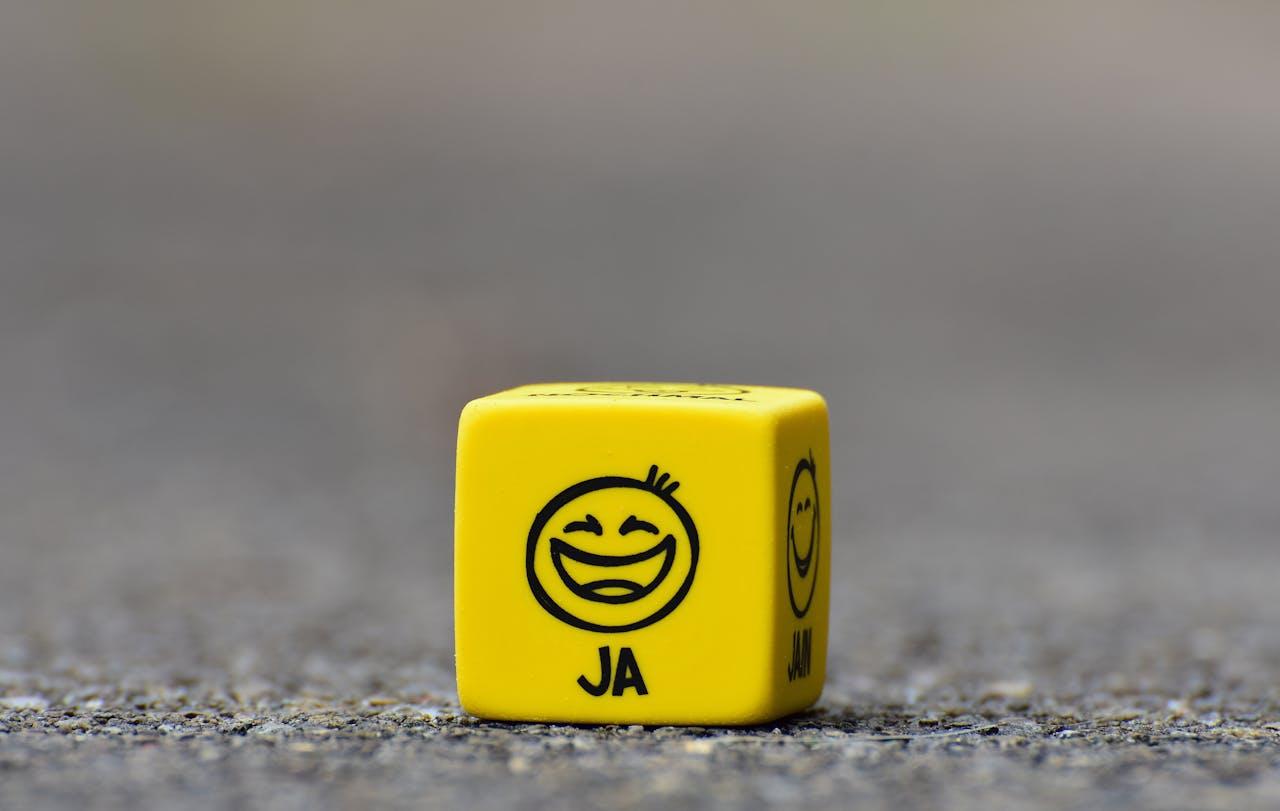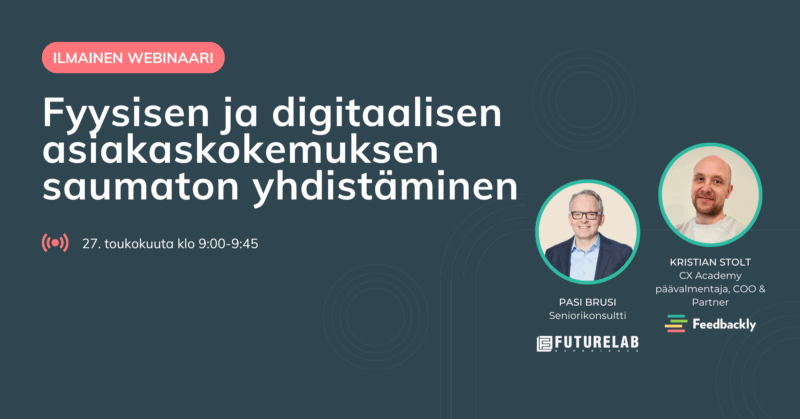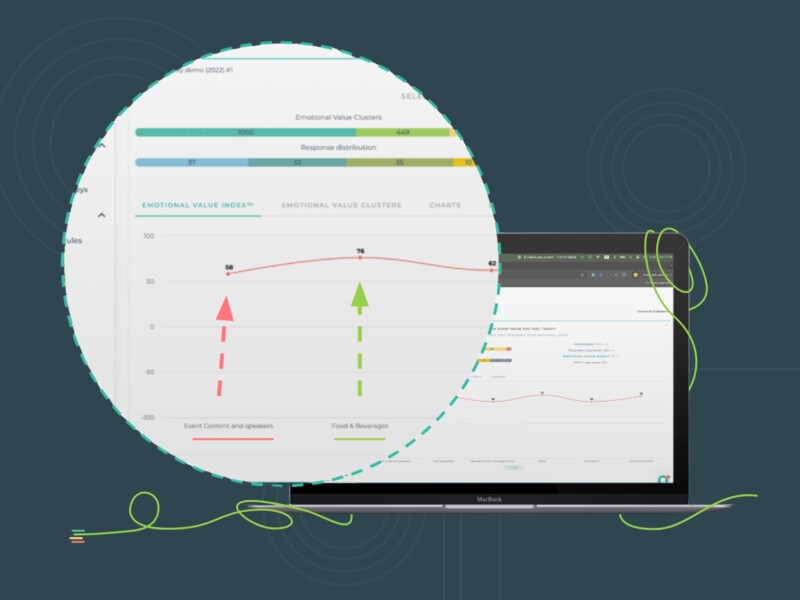Emotions are a powerful driving force of human behavior and can often define the experiences we encounter daily. Customer’s emotions can influence their buying habits profoundly as they play a pivotal role in framing the customer’s problems and desires. When customers look for solutions, they need options that not only fulfill their needs but also resonate emotionally. So, for a brand, knowing what emotions to evoke in their customers and how to turn emotions to their advantage is so very essential.
Understanding the Power of Emotions
Let’s address the elephant in the room before getting all emotional.
Today’s customer-brand relationships are all about cultivating meaningful connections, and for this reason, understanding the nuances of emotions is crucial for businesses. Research by Gallup shows that 70% of decisions are based on emotion, including brand preference.
By delving into how different emotions affect a customer and what emotions to evoke, brands can tailor their marketing strategy, sales pitch, and overall customer experience to resonate deeply with their targeted audience. Also, gaining an insight into the emotional responses of customers can help you take a proactive approach to serving customers.
We need to evoke the right emotions to keep our customers happy and satisfied. In other words, emotions are necessary for a brand’s growth and sustainability and can drive more revenue for the business.
The Many Faces of Emotions
Emotions are largely categorized as positive and negative emotions based on the physiological and behavioral responses displayed as a result of these emotions. But, given the complexity of our emotions, it is considered subjective.
Based on universal shopper behavior, the Emotional Value Index (EVI®) identifies nine different types of emotions: Enthusiastic, Joy, Trusting, Surprised, Disappointed, Sadness, Frustrated, Irritated, and Indifferent. Each of these sentiments affects the buying behavior, but the magnitude of impact is different.
For this reason, these emotions are clustered into four categories with a value assigned to each cluster. They are Advocacy Cluster (Joy and Enthusiastic), Trusting Cluster (Trust), Attention Cluster (Indifferent and Surprise), and Destroying Cluster (Disappointed, Sadness, Frustrated, and Irritated). You can learn more about calculating EVI here.
Why It Helps to Cluster Emotions
A categorization of these emotions into these clusters is remarkably helpful for brands in identifying the state of their brand, the next course of action, and the best way to improve customer relations.
For example, if the EVI® value falls into the Destroying Cluster, it is no less than a red flag for brands. It clearly emphasizes the magnitude of damage negative emotions in the range can bring to the business and highlights the need for drastic action from the brand’s end to make things right.
Similarly, the Trusting Cluster denotes a higher level of satisfaction and signals the brand of the potential to convert the clientele to loyal advocates. With such an in-depth and granular understanding of the impact of customer emotions, the way forward becomes clear.
With this understanding, what emotions do you think your brand should evoke in your customers? How do you think it shapes the overall customer experience?
Evoking the Right Emotion AKA Winning Loyal Customers
Primarily, any brand should strive to evoke positive emotions that can compel customers to consider the brand, purchase the product, and recommend the product/service to others. So, if you are a brand just starting out, focus on building Trust initially. This will encourage customers to shop with your brand.
Thereafter, you need to build on that experience and enhance it further to evoke emotions like Joy and Enthusiastic. Fuelling up your customer’s happy hormone with value-driven and hassle-free experiences not only ensures high retention. These emotions are also instrumental for advocacy and word-of-mouth marketing.
In our case study with Kekäle, it came out that if customers experience Joy or Trust while shopping, the likelihood of a purchase decision is 40 percent higher than when they feel Irritation or Sadness.
The Art of Utilizing Negative Emotions to Your Advantage
Now, ideally, a business should steer clear of the negative emotions in the Destroying Cluster. It can significantly harm the brand image, and you will lose valuable customers. However, evoking these emotions, in a strategic move, to grab attention and attract customers can serve well if done right. For example, you can create compelling marketing campaigns that resonate with customer’s sadness or frustration before offering a solution that transitions their feeling into one that’s positive. Here, the emotion is not associated with the brand but with the problem itself.
With the help of EVI®, brands can measure and analyze which emotions they evoke, focus on evoking the correct emotions, and benefit from increased revenue, loyalty, and growth.
Like to know more? We are always excited to explain how the EVI works and we are honest if this is not for you. If it sounds interesting, you are welcome to get in touch with us and ask any questions you might have. You can also learn more here.



